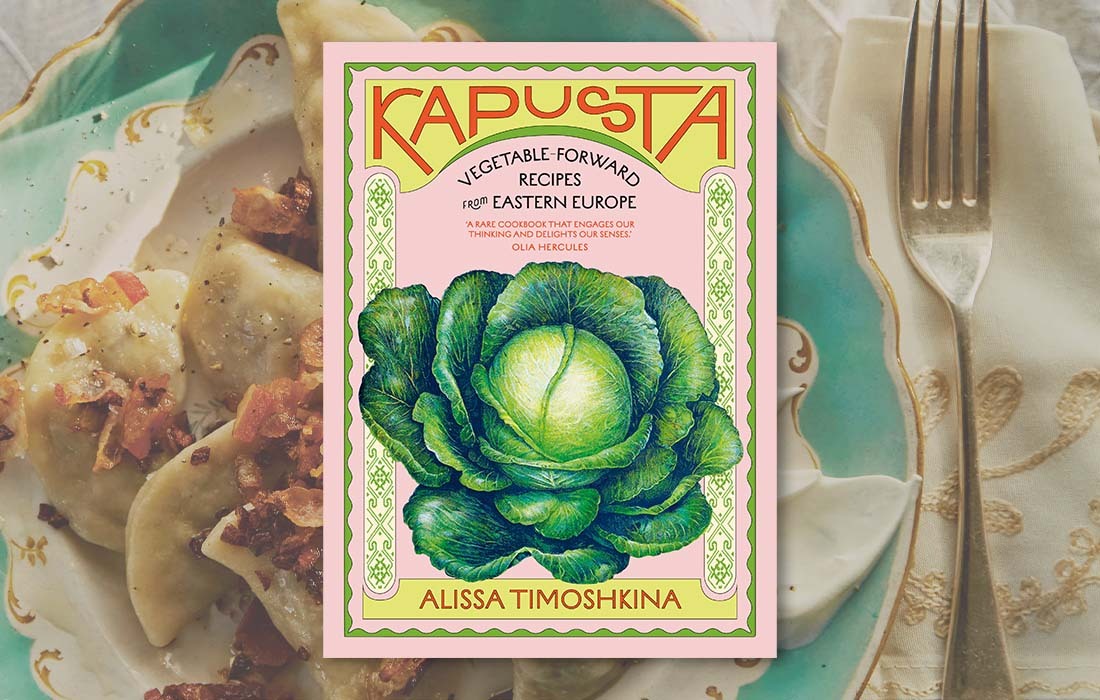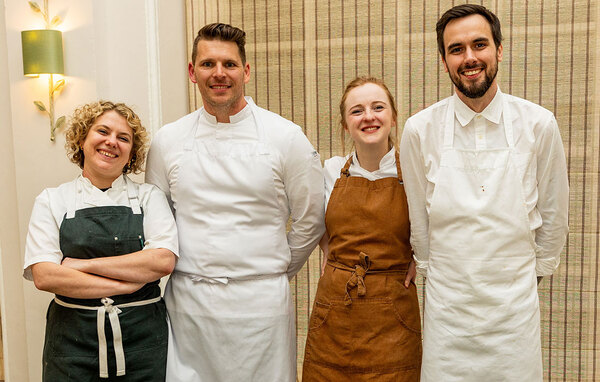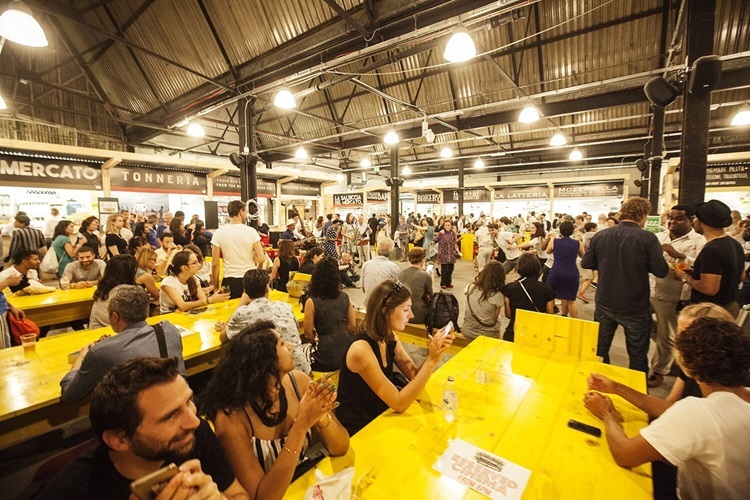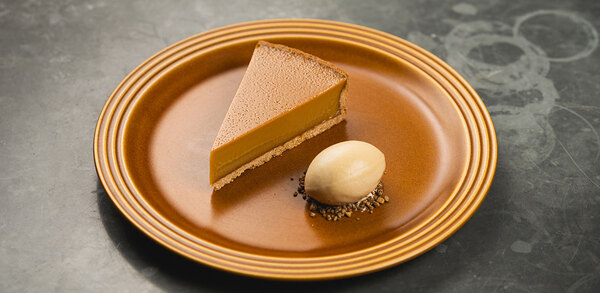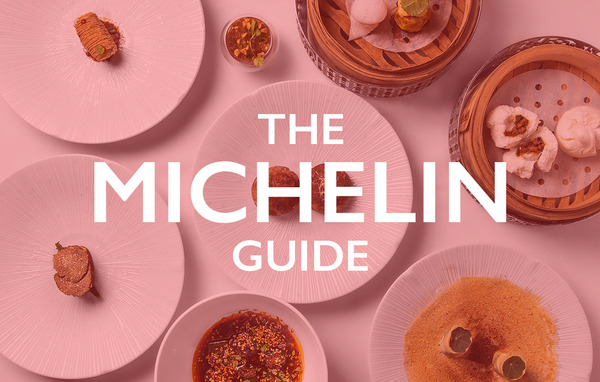Alissa Timoshkina’s Kapusta celebrates recipes from Eastern Europe
This cookbook highlights hearty vegetables in Eastern European dishes for healthy, comforting food
Kapusta, meaning ‘cabbage’, is a celebration of recipes from Eastern Europe. The title is cook and historian Alissa Timoshkina’s way of uplifting a vegetable that traditionally may have negative connotations: of school dinners and the scent of cold corridors in George Orwell’s 1984. Rather, to her, it is pure nostalgia; the comforting food of childhood, the key ingredient of soups, stews and sauerkraut, a majestic vegetable that babies spring forth from in fairy tales.
The Siberia-born cook doesn’t just focus on the kapusta in the book, but also looks at beetroot, potato, carrots and mushrooms, with additional sections on dumplings and ferments. All recipes are taken from Eastern Europe, but she adds that she will “allow myself a personal choice to limit reference to Russia”, as is to be expected from the founder of the #CookforUkraine movement. An oil commonly used in the book is unrefined sunflower oil, a staple of Ukrainian cuisine.
The cabbage chapter takes us from cabbage, pea and dill fritters with sour cream to a cabbage strudel and ‘An Eastern European spag bol’, where a hearty beef sauce with fennel, dill and paprika is paired with cabbage cut tagliatelle-style. In the beetroot chapter (her favourite vegetable) she addresses borsch, a soup with origins in 116BC that has been recognised by UNESCO as part of its ‘intangible cultural heritage list’. Alongside this are rye, beetroot and beef meatballs and a beetroot and rye chocolate cake.
Of the potato selection, knishes – flaky, buttery pastry encasing fillings ranging from meat to jam – are another one of Timoshkina’s favourites, and there are latkes and potato babka. The dumpling chapter holds many versions of the small, plump pastries: Tatar khanum, or rose-shaped dumplings, where the pastry is twisted around the filling, Polish pierogi with sauerkraut and mushrooms, and Udmurt versions with beetroot and raspberry. Carrots are included in traditional dishes such as Hungarian goulash and Tzimmes, an Ashkenazi beef and prune stew, as well as crisp and sweet carrot, honey and twarog (or ricotta) fritters. Finally, mushrooms take centre stage in a ‘snail pie’, where a (snail-free) filling encased within filo is curled into a round dish, as well as a hot and sour mushroom soup.
Many dishes are vegetarian, some vegan, and meat is only occasionally the star, but the overriding theme are the myriad recipes that can be created with just a handful of root vegetables and fungi. This may be expressed best in the ferments chapter, which has many variations on sauerkraut, such as red cabbage, beetroot, bay leaf and blackberry, and where she tells a story from a friend’s great-grandmother, who lived through the Revolution in the 1920s. Upon realising that some guests would be staying overnight after missing the curfew, and with her mother panicking that there was no food in the house, they went down to the cellar to the barrels holding pickled and preserved potatoes, sour cabbage, cucumbers and tomatoes, and created a feast from out of nowhere.
Kapusta: Vegetable-forward Recipes from Eastern Europe by Alissa Timoshkina (Quadrille, £28)
Photography by Laura Edwards



